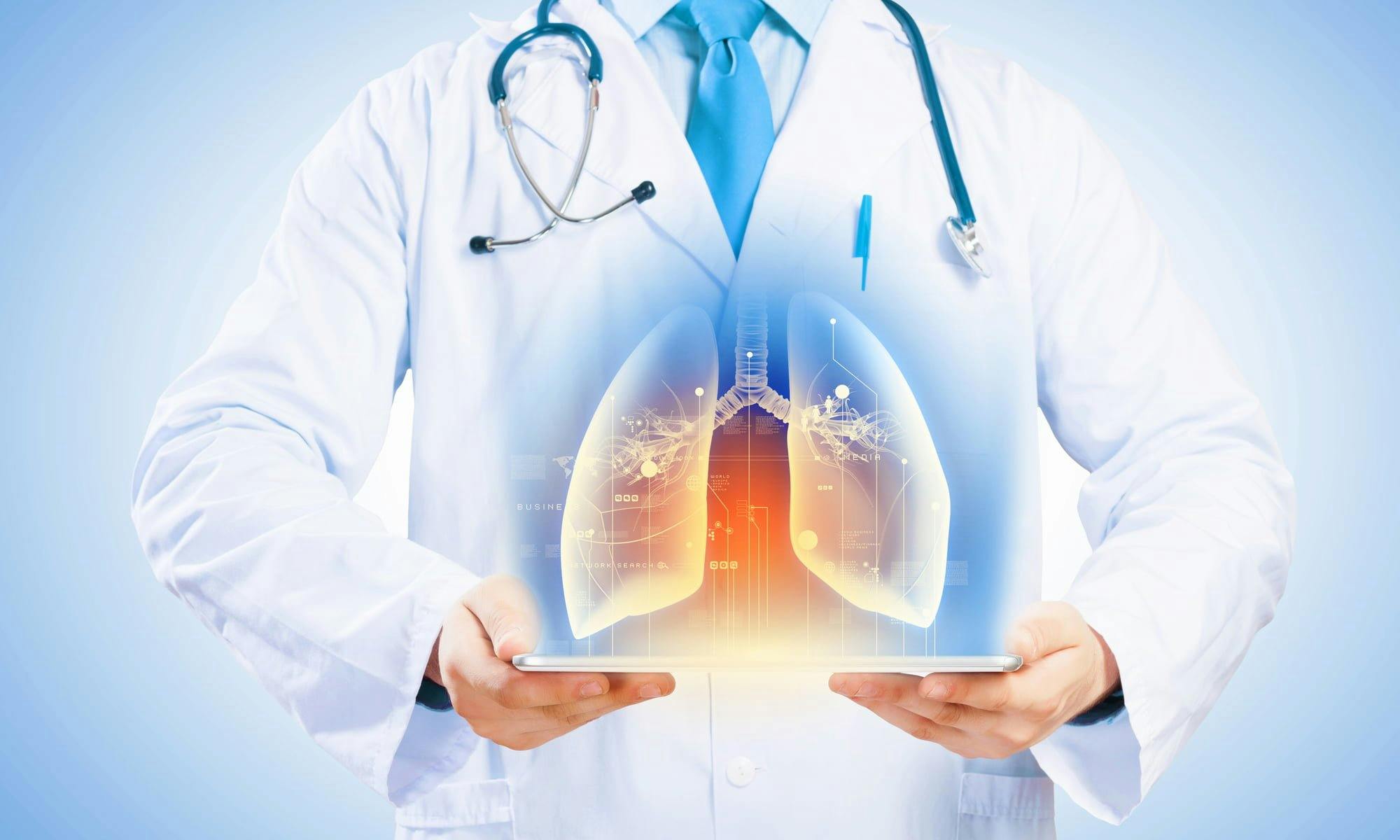
2024-07-12T16:54:51
Sunscreen Travel Tips
- Dermatology
December 20, 2017 | Pulmonology

The lungs are part of a complex system that expands and relaxes thousands of times per day, with the goal of bringing in oxygen and expelling carbon dioxide. Lung disease can result from problems in any part of this system, and tens of millions of people suffer from lung disease in the United States every year. Smoking, infections, and genetics are the three most common causes of these diseases.
There are several different kinds of lung diseases out there, varying by the part of the part of the respiratory system (please link to What is the Respiratory System blog when posted) that they affect.
The trachea, or windpipe, branches out into smaller tubes called bronchi. The bronchi then branch into even smaller tubes through the lungs. A few diseases can affect this system:
Eventually, the airways branch off into small tubes called bronchioles that lead to clusters of air sacs. These air sacs are called alveoli, and they make up most of the lung tissue. Some diseases that affect the alveoli include:
Pneumonia: Generally a bacterial infection of the alveoli
The interstitium is an extremely thin, delicate lining between the alveoli. Small blood vessels run through it, allowing gas to exchange between the alveoli and the blood. Interstitium-related lung diseases include:
When blood has provided oxygen to areas of the body and returned to the heart, it’s received by the right side of the heart. This is the side that pumps blood into the lungs through the pulmonary arteries. Diseases that can affect these blood vessels include:
The pleura is the thin lining surrounding the lungs and lining the inside of the chest wall. A small fluid layer allows the pleura to slide along the chest wall with each breath. Diseases of the pleura can include:
Muscles in the chest wall connect the ribs to each other, helping as the chest expands. The diaphragm descends every time you breathe in, causing chest expansion. There are a couple lung diseases of the chest wall:
Your doctor can offer further education on the types of lung diseases out there. If you fear you have one of these conditions, see your doctor.
Sources:
“Lung Diseases Overview.” WebMD. https://www.webmd.com/lung/lung-diseases-overview#1
“Lung disease.” MedlinePlus. https://medlineplus.gov/ency/article/000066.htm
WRITTEN BY:
The Live Better Team


2024-07-12T16:54:51

2024-07-02T11:42:04

2024-07-01T13:49:28

2024-06-21T14:29:51
This information is not intended to replace the advice of a medical professional. You should always consult your doctor before making decisions about your health.